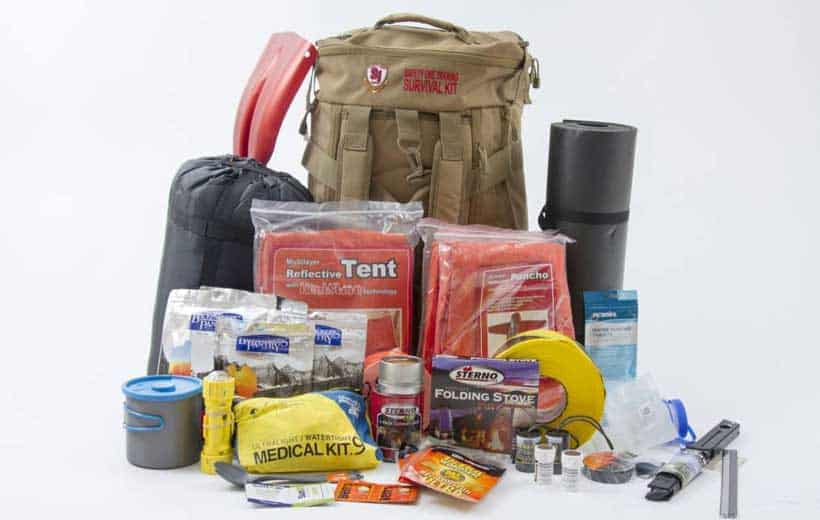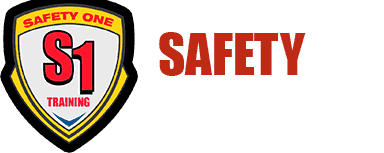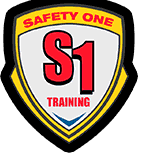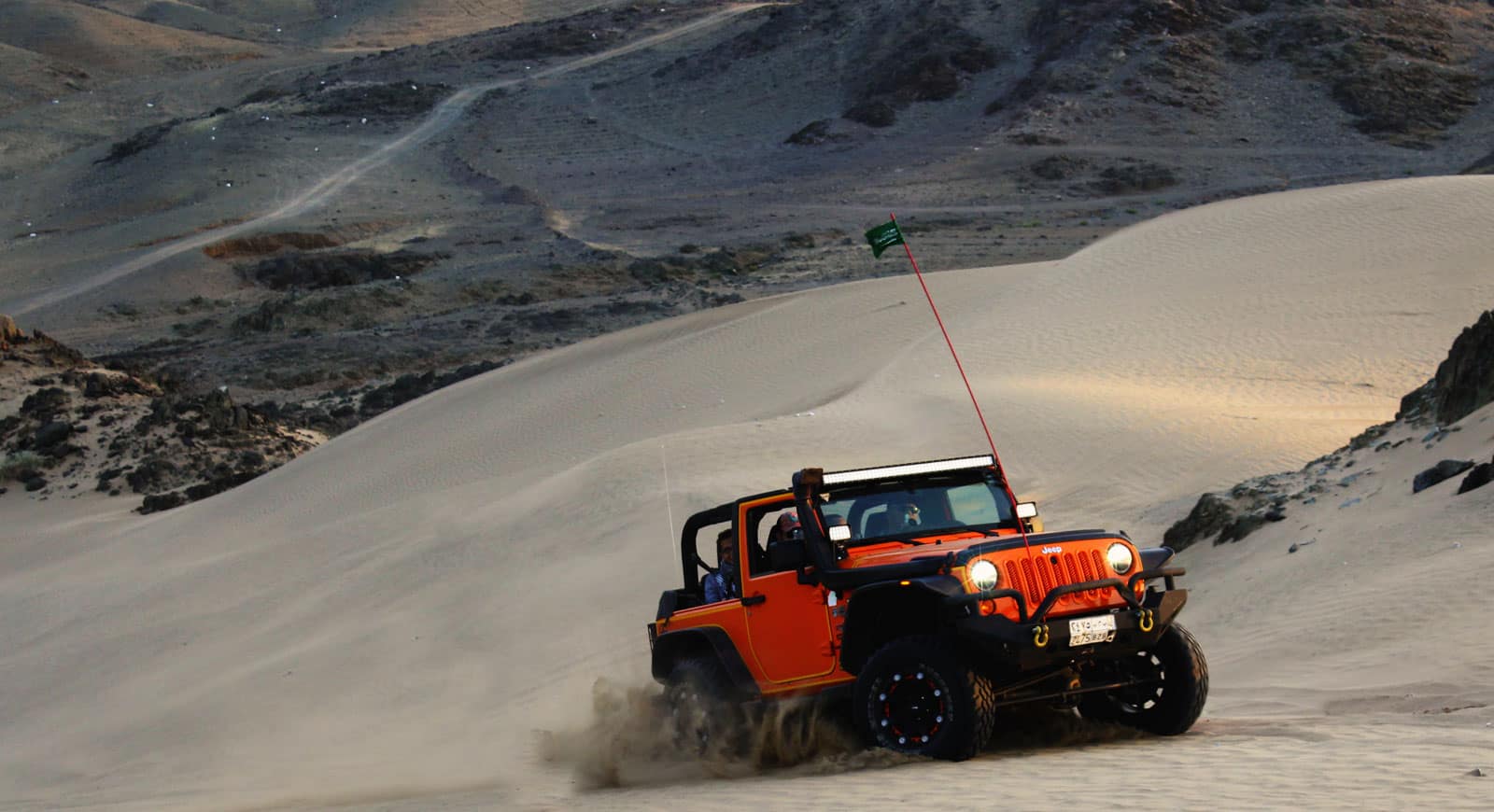11 Apr The Ultimate Professional Grade Vehicle Survival Kit
WHO NEEDS A VEHICLE SURVIVAL KIT?
There are a variety of occupations that spend a significant amount of time on the road. These range from couriers, to truck drivers, to tower technicians, linemen and other professionals that travel to remote areas.
According to the National Weather Service, up to 70 percent of weather related fatalities occur in an automobile. Unpredictable changes in weather, especially at high elevation, can result in an unexpected or deadly stay in a vehicle.
In remote areas a roadside emergency can make for a very dangerous situation. A trip to a remote worksite can quickly turn to a life or death scenario when equipment breaks, vehicles get stuck or weather changes. Depending on conditions, help can be hours or days away. If you work in these situations make sure you have the tools and skills needed to live and tell the story.
Being prepared is not only a good rule for occupational drivers, or travel in remote areas. If you take an extended road trip, you should pack a well-equipped survival kit of crucial emergency supplies.
PROFESSIONAL ADVICE: THE ESSENTIAL ITEMS IN A VEHICLE SURVIVAL KIT
As experts in safety and rescue, we at Safety One have consulted with survival experts to develop and provide survival kits to various military, government and multinational corporations . Below is a summary of the eight categories of essential supplies to carry in your car:
#1 Hydration: Refillable Water Bottle + Purification Tablets
A top priority in any survival situation is drinking water. Unfortunately water is heavy and difficult to carry. Our recommendation is to bring refillable water bottles and purification tablets, which gives you the freedom to collect water from a stream, pond, or by melting snow.
#2 Shelter: Sleeping Bag, Tarps/Reflective Tent, etc.
If you happen to be in an area of poor cell reception or disruption to road services, you may need to shelter in your vehicle, sometimes for a few days. Shelters function to control the speed and temperature of the air around you, basic shelters can be as simple as a windbreaker on a dry windy adventure or as elaborate as a makeshift vehicle based hut with reflective survival blankets and a heat source.
At a minimum, we recommend an appropriate insulating layer (Primaloft or similar clothing) or sleeping bag and a method to keep it dry. A Bivvy is an outstanding, compact option but you may opt for a tarp, reflective survival tent or one of each. Depending on the circumstances, your vehicle can become a freezing tomb in cold weather or a sizzling oven in hot temperature.
#3 Fire/Heat: Fire Starter, Small Pot, Blanket, Heat Packs, etc.
Fire and other heat sources provide warmth, a physiological boost and keep fingers and toes warm enough to function when you need them most. A fire and small pot also provide the means for heating food, melting snow or boiling water to keep your body fueled for survival!
#4 Food: Energy Bars, Prepackaged Meals, Spoon, etc.
Depending on your survival situation , high-calorie energy or protein bars and pre-packaged food are great solution for sustained energy. We recommend a balance of high carbohydrate and fat for sustained energy and warmth, with saltier options when you’ve been sweating and need to replenish valuable electrolytes. If water is limited be mindful of your food intake, digestion and salty food greatly increase your daily water requirements.
#5 Medical/First Aid: Sunscreen, Insect Repellant Wipes, Ultra-Light and Water-Tight First-Aid Kit
The nature of backcountry work takes technicians far from medical assistance. Having an light first-aid kit is critical when dealing with an accident or other injury situations. Additionally, you will find it handy to include sunscreen, and insect repellant products.
#6 Survival Tools: Knife, Multitool, Saw, Axe or Hatchet, Shovel
Quality tools can make the difference when you are faced with a mechanical breakdown or need to improvise a shelter after abandoning a vehicle. Shovels can be used to dig our stuck vehicles or to build a foundation for a shelter. Multitools (often containing a knife, screw drivers and pliers) can be used to repair damaged machinery, to cut cordage, tape or first aid supplies. An axe, saw or hatchet can be used to collect materials for a shelter or firewood.
#7 Signal: Flashlight, Flare, Candles, Signal Tape, etc.
Make sure you pack a flashlight, glow sticks or signal tape and emergency candles to signal (and for warmth, heating, etc.) that you need help and increase your visibility or mark your direction of travel, should you stray from the vehicle.
#8 A Bag to Carry All
The ideal bag is durable, light, and built to fit your needs and should have additional pockets, zippers, attachment points for accessories and handles for easy transport – keep in mind that some people may need additional items that are not on this list above.
Having a car emergency kit not only help prepare you for the worst of scenarios, but can also assist others who may be facing an emergency. The SafetyOne Vehicle Survival Kit is highly recommended for anyone that drives or works in remote areas. We also provide customized survival kit to meet your specific needs – contact us to learn more.




No Comments